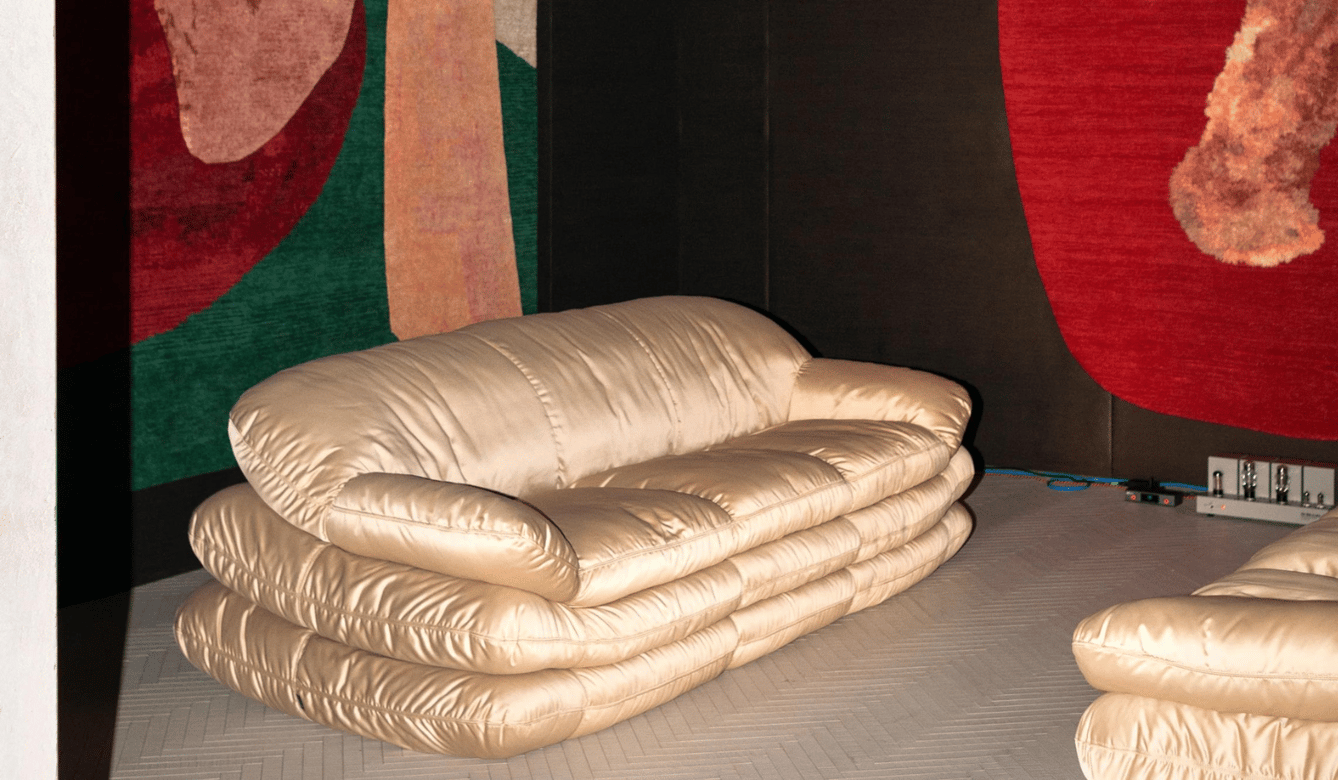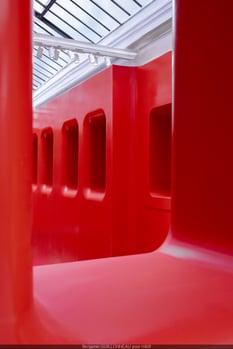3 Interior Design Trends Shaping the Future of Retail Spaces

3 Interior Design Trends Shaping the Future of Retail Spaces
Current approaches to decoration and interior design reflect a world seeking meaning and lightness. There is a clear return to roots and authenticity, while also embracing more modern and bold dimensions.
I have attempted to identify and express three trends that today's designers are embracing, combining tradition and whimsy to create spaces that resonate with contemporary concerns.
Reconnecting with Essentials and Terroir
The return to terroir and tradition stands out as a major trend. It’s not just about recreating a nostalgic rustic style, but about reinterpreting these elements in dialogue with modernity. Designers like Faye Toogood use raw, sometimes recycled, materials to create furniture with clean lines, while incorporating innovative techniques such as 3D printing.
 Dezeen - Faye TooGood for Varnii
Dezeen - Faye TooGood for Varnii
Polène retail team has refine a pop-up bathed in natural light, where mineral and dreamlike forms blend to evoke a space that feels both natural and sculptural. The walls, designed to mimic the raw textures of stone, immerse visitors in a calm and poetic atmosphere. Every element of the boutique, from the furniture to the displays, is thoughtfully crafted to harmonize mineral materials with contemporary design, proving that it's possible to reconnect with nature while staying rooted in the present.
Comfort and Innovation
Embroidery, patchwork, macramé… The modern folk trend honors craftsmanship and the traditions of rural life, while wool makes a triumphant return to interior decoration in bolder and more innovative ways. We’re seeing XXL wool objects and textiles with organic, enveloping forms, turning interiors into true comfort cocoons.
 Voxel - Christien Meindertsma 3D printing wool technique
Voxel - Christien Meindertsma 3D printing wool technique
A perfect example of this evolution is the work of Christien Meindertsma, who transforms recycled wool into complex and sculptural design objects using 3D printing. Her approach merges tradition with innovation, showing how natural materials can be used sustainably while offering a forward-thinking aesthetic.
In another artistic dimension, Peruvian artist Ana Teresa Barboza transcends the boundaries between embroidery and sculpture by recreating landscapes of land and sea. Her works seem to break free from their frames, with cascading threads forming waves and waterfalls, creating a striking sense of depth. She pushes the limits of traditional embroidery by transforming it into immersive and poetic three-dimensional works.
 Ana Teresa Barboza at Nunu Fine Art New York
Ana Teresa Barboza at Nunu Fine Art New York
From Simple Lines to Playful and Immersive Colors
Alongside this search for comfort, the design world is also leaning toward bold and playful forms inspired by childhood and the Memphis movement of the 1980s. Simple lines, combined with vibrant, saturated colors, bring a dynamic freshness to interior design.


Artist Axel Chay embodies this trend by creating steel objects in bright colors. His pieces, which play with geometric shapes and bold hues, bring positive energy to spaces while maintaining a sleek simplicity. His work demonstrates how heavy forms can be made light and joyful through the use of color and materials.
Monochrome boutiques, like the new H&M in Paris, offer an immersive experience through monochromatic design. This store, designed in collaboration with Willo Perron of the Perron-Roettinger studio, showcases futuristic installations that push the boundaries of traditional commercial architecture. The use of light, color, and personalized sound installations immerses visitors in a universe where technology and design meet creating an emotional and sensory connection with the space.
Projects like this highlight the idea that design can not only be visual but also multisensory, creating environments where the experience takes center stage.
CONCLUSION
These trends clearly show that the art of materials oscillates between a return to roots, through the use of raw and artisanal materials, and an openness to new possibilities offered by technology and innovation. Whether through playful forms or deep, immersive creations, contemporary designers are shaping a world where interior design becomes a thoughtful and imaginative playground.
Read the article about Paper Artist Mathilde Nivet.
Follow IWD on Facebook, LinkedIn, and Instagram or subscribe to our newsletter.
Cover Picture: Faye Toogood
MORE ARTICLES BY THIS AUTHOR

Caroline
I am a Brand Image leader working in Retail and tech passionate about 360° storytelling. I'm also keen on travel and wildlife. I have a strong experience in building and implementing communications strategies (consumer, corporate, BtoB, social media) consistent with marketing levers and business needs. I have always been working in fast-paced environments and have experienced early days of companies that have known tremendous growth.








